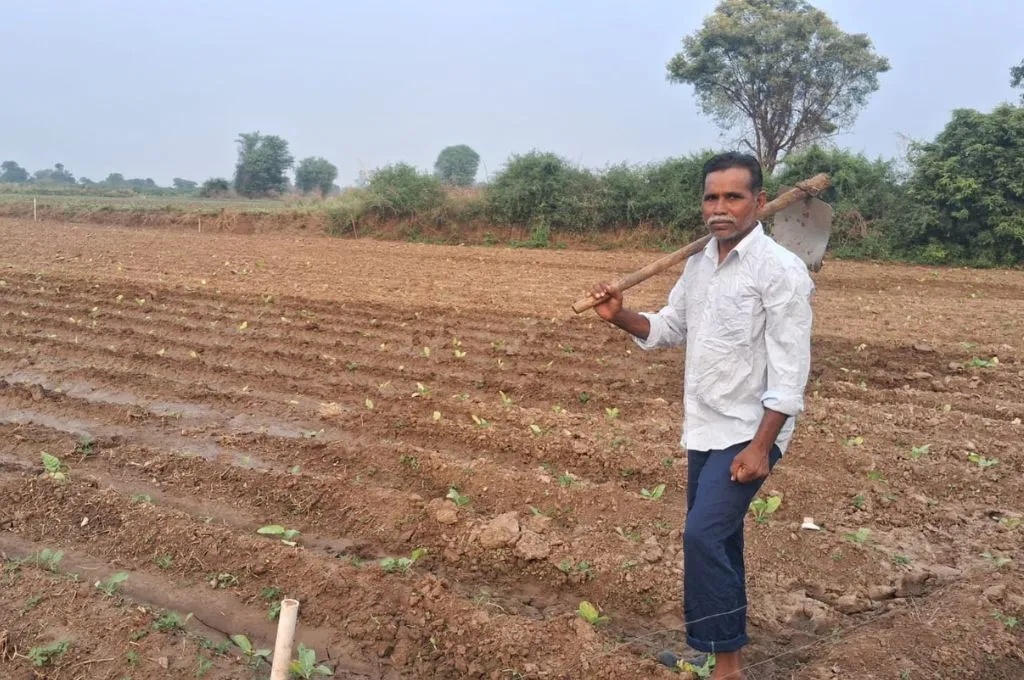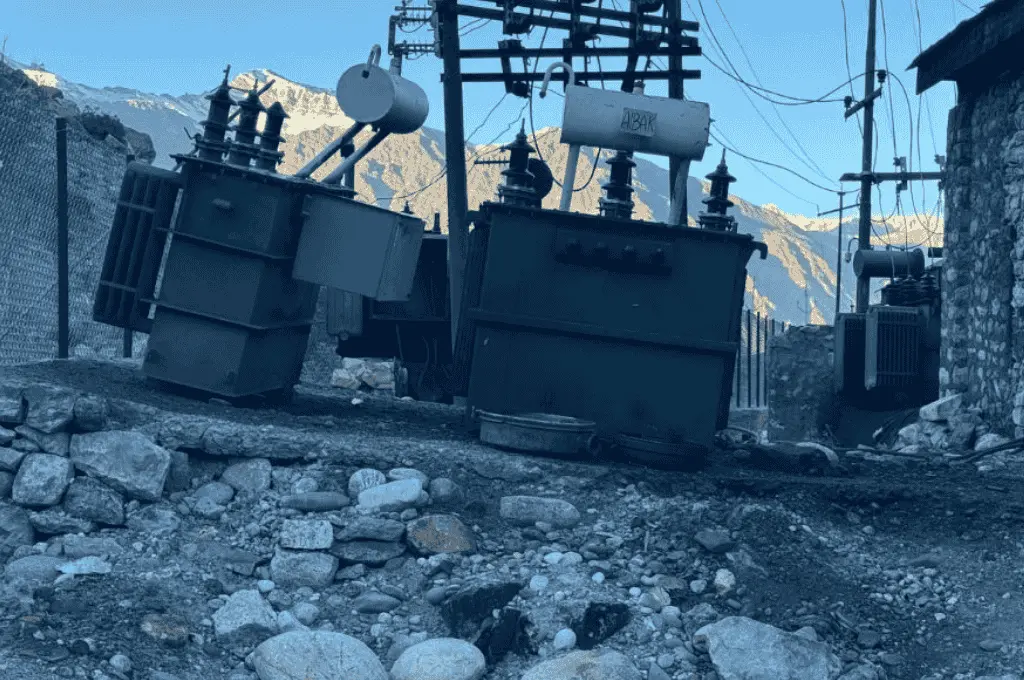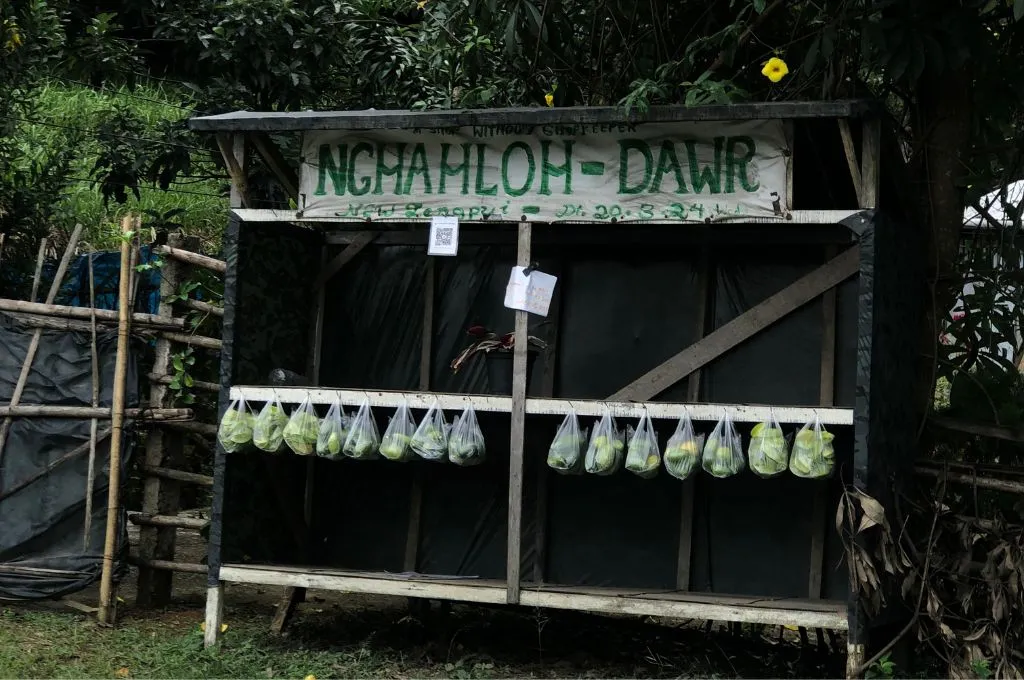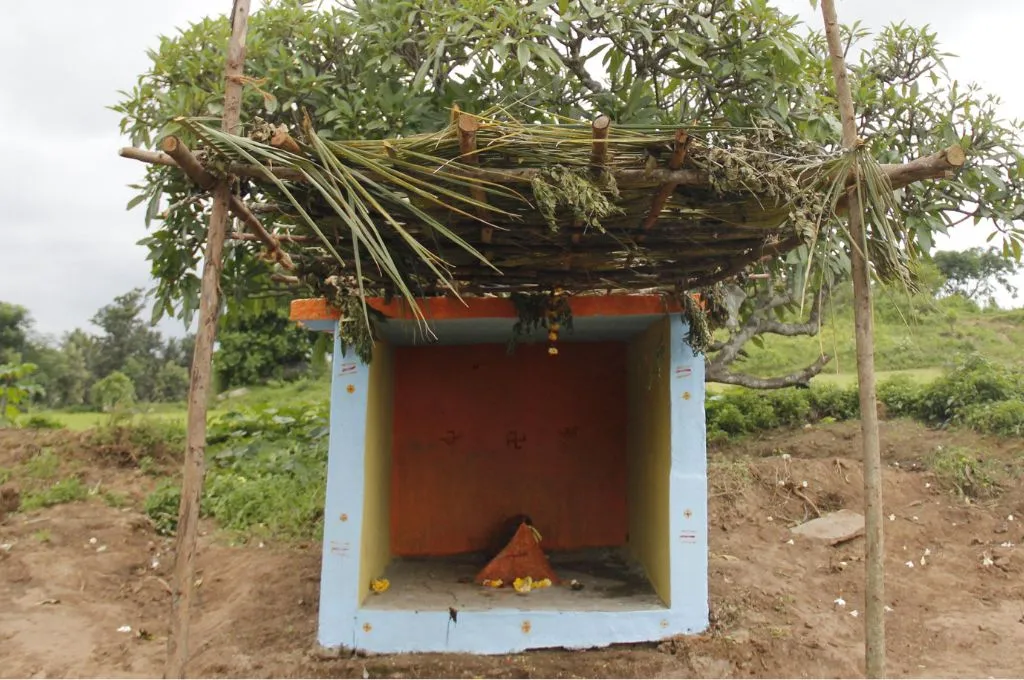How a small shift can drive community participation

Natural resources such as streams, rivers, forests, and land are of critical importance to the lives and livelihoods of tribal communities of central India. So, involving those who interact, depend, and are most affected by changes in these resources—including women and economically vulnerable households—is imperative. In Machhurda village of Balaghat district, Madhya Pradesh, PRADAN works with people from particularly vulnerable tribal groups (PVTGs), especially women, to increase their participation in the governance of these resources.
At first, our team tried to set up an information desk at a local weekly market, with images related to natural resource management. The aim was to share information on how people could participate in resource management and encourage them to attend village-level planning events. Initially, the information desk was inside a shop that offered mobile repairs and Aadhaar-based money withdrawal services. This shop was located 3–5 metres off the main market road.
However, we quickly noticed that while people would glance at the information desk, few would walk to the shop. Those who would come were men who wanted to withdraw cash or get their phones repaired. Inviting people on the road swayed a very small fraction of men to visit the desk, and we were unable to persuade any women to visit.
The mobile shop was a male-dominated space, and we gauged that the women felt discouraged from entering the shop to speak to a male stranger. So, we decided to set up a new information desk near a vegetable seller, right next to the road.
The proximity to the vegetable seller, a space frequented by women, enabled them to engage with the information desk. Further, with the desk near the road, it was easier for the women to make a halt—they now had to choose between stopping or not stopping by the desk compared to walking 3–5 metres off the road. The formal structure of a desk in a shop changed to an informal one by shifting it to the ground and close to other sellers. It made interactions more ordinary and acceptable, in turn making it easier for the women to stop by.
The same changes also made the desk more accessible for low-income groups. The road was a more democratic space compared to the mobile shop—everyone used the road, but only a few visited the shop. Information about natural resource planning spread further, and more people—including those from PVTG communities—were able to attend the events.
However, we learned that it is not just mobilisation that decides who participates. A participatory planning meeting was held in another village in a non-PVTG neighbourhood due to our affinity with them and our previous work in the area. We realised that this excluded the PVTGs that were far away, leaving them unable to participate. True participation from marginalised groups requires spatial inclusion at all stages—from how we mobilise to where and how meetings are conducted.
Sattva Vasavada Sengupta works on natural resource management in Birsa block of Balaghat district, Madhya Pradesh.
—
Know more: Learn more about the community water managers of Karnataka.
Do more: Connect with the author at sattva.vasavada@gmail.com to learn more and support his work.



